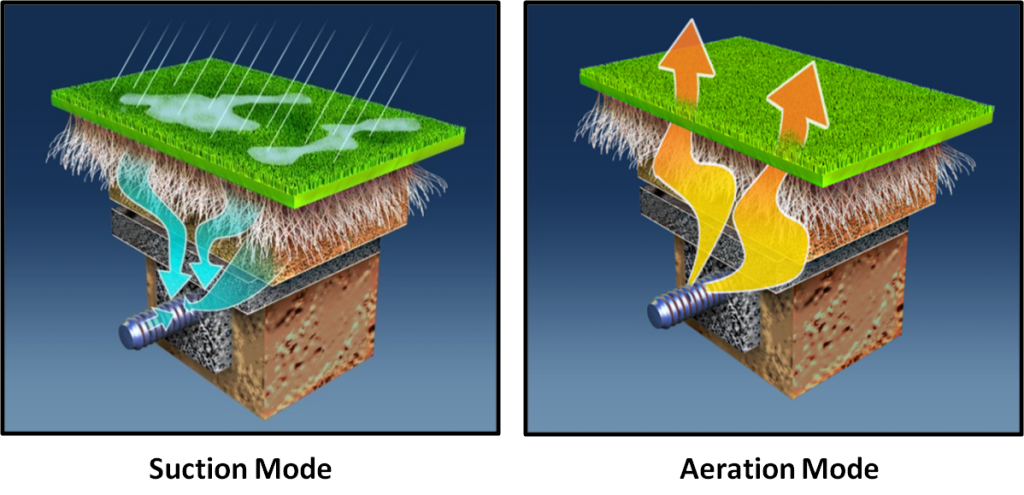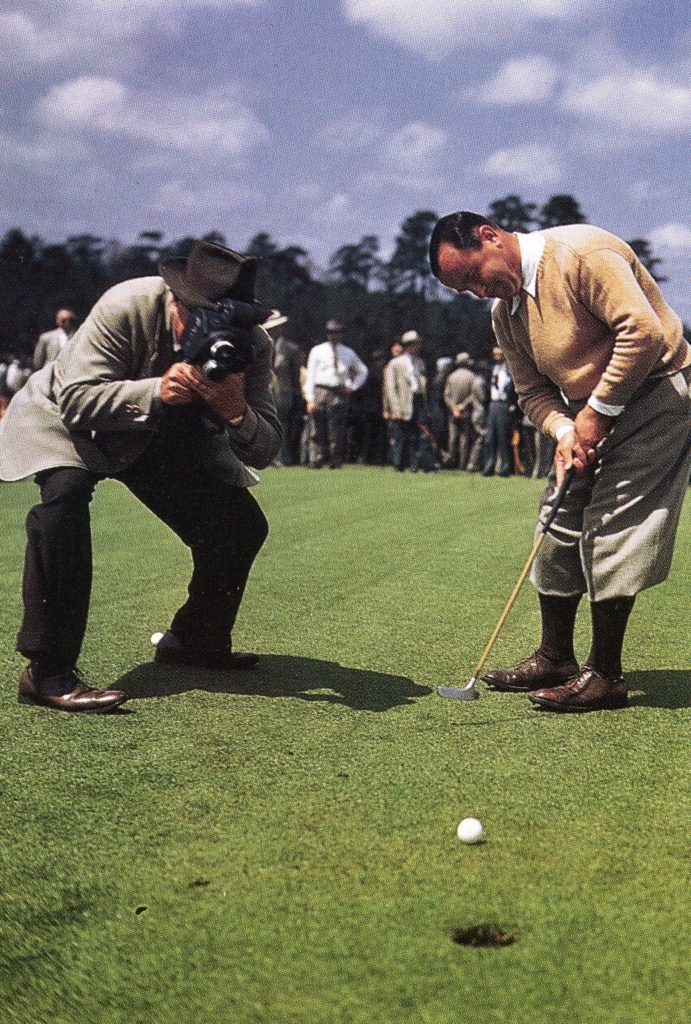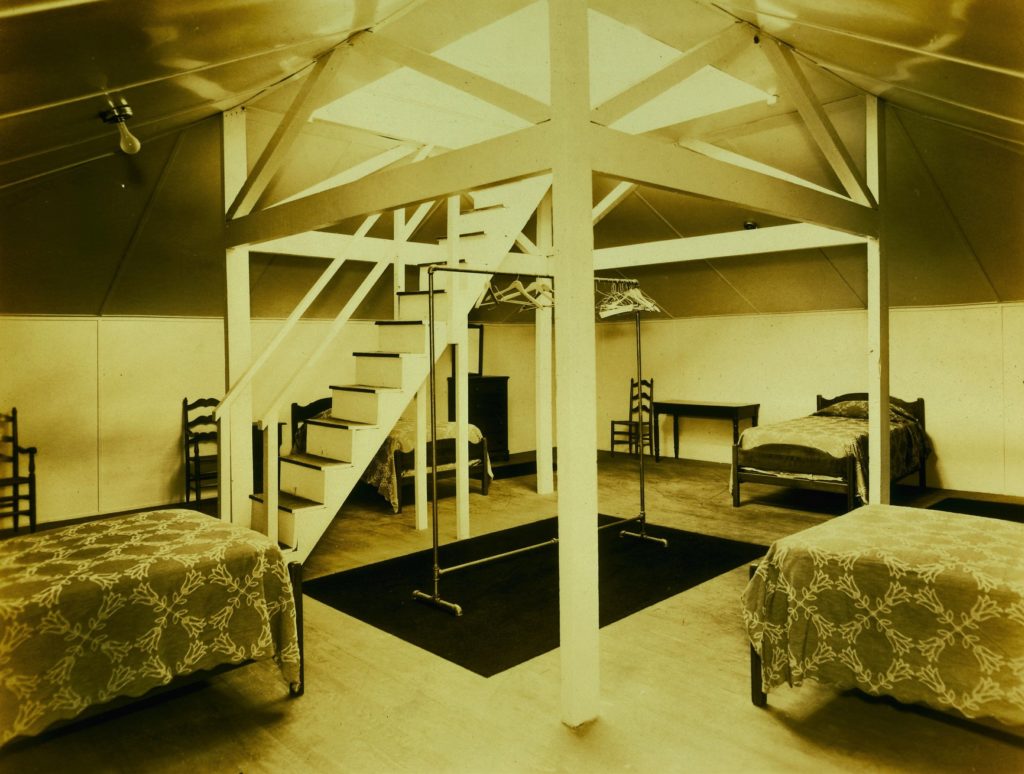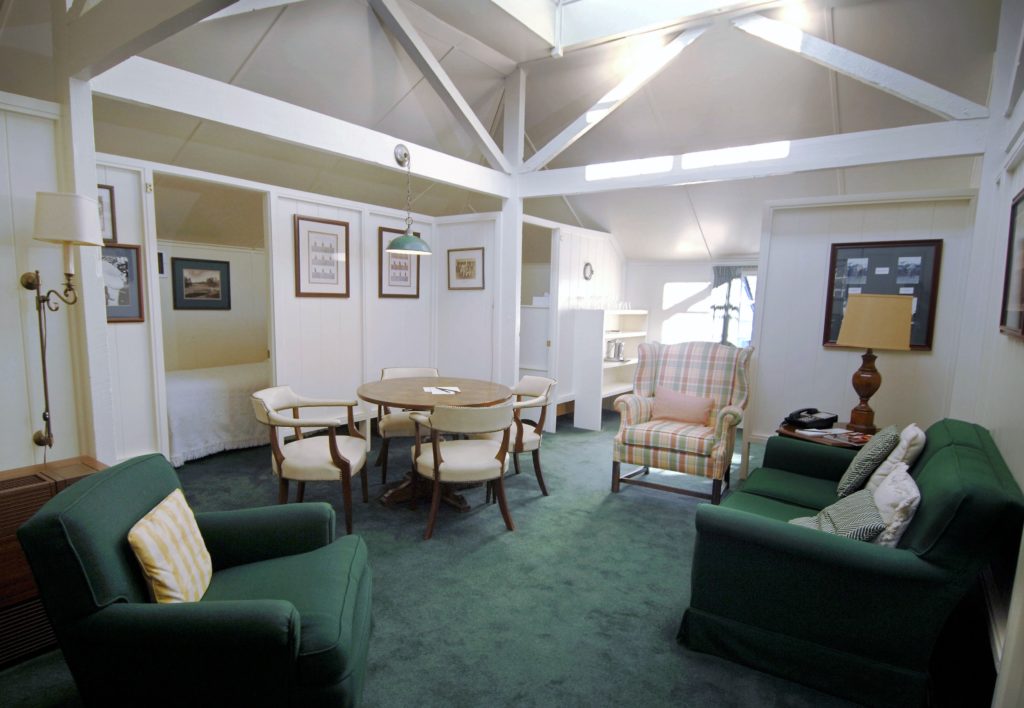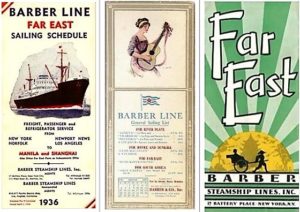
The first live nationwide broadcast of a golf tournament took place in 1954, when NBC provided limited coverage of the U. S. Open, at Baltusrol, beginning at the seventeenth green. NBC owned the broadcast rights to the Masters as well, and Clifford Roberts, who was Augusta National’s co-founder and chairman, wanted his tournament to be carried on television, too.
NBC, however, was not interested. The network’s (understandable) feeling may have been that one major money-losing golf program was enough. Still, Roberts persisted, and early in 1956, under pressure from the club, Tom S. Gallery, who was the director of sports at NBC, wrote to Roberts to say that NBC was declining to exercise the renewal option in its current contract. That meant, Gallery wrote, that Augusta National was “free to make such arrangements as it sees fit with respect to the radio and television rights to the 1956 Tournament.” The club hastily made a new agreement, with CBS, and the first Masters television broadcast took place less than a month later. Golf fans in most of the country were able to watch live as Jack Burke beat Ken Venturi by a single stroke.
CBS has carried the tournament ever since, although Augusta National renegotiates the every year. The closest Roberts ever came to moving the tournament to a different network occurred in the early sixties, and it involved the issue of broadcasting in color. Augusta National wanted the Masters to be shown in color, and CBS did not want to make the change. The club had begun pushing for color in the early sixties without success, and in a letter in 1964 Roberts called color the club’s “most difficult problem” with the network. Jones suggested, the same year, that the club might be able to circumvent CBS by showing the tournament on closed-circuit television in movie theaters, as was sometimes done with boxing matches. Roberts looked into the idea, but eventually rejected it. “I cannot visualize golf fans buying a five dollar ticket in order to spend an afternoon in a theater to watch the Masters Tournament or any other tournament,” he wrote to Jones. “They do it in connection with a world championship fight, about which there is always great excitement, but I question if golf fans will ever get excited to that extent about a golf tournament.”
In resisting color, CBS argued (among other things) that the number of cameras it used on the course would have to be cut back, and that the number of holes shown on the broadcast would therefore have to be reduced. As the club discovered, that claim was disingenuous. While it was true that CBS could handle only a limited number of color cameras with the two remote broadcast units that it used at that time, the problem could be solved by adding a third unit, a change that would have a cost but would be relatively easy. The club also felt that CBS had overstated the probable expense of switching to color.
That CBS put up a fight over color was in many ways surprising, because CBS, in 1939, had developed the world’s first color-television system. That system was based on a camera in which a wheel containing red, blue, and green filters was spun at high speed before the lens. In 1950, the Federal Communications Commission, after lengthy hearings, chose CBS’s system as the national color-television standard. In doing so, it rejected a competing system that had been developed by RCA, which owned NBC. The RCA system—which used three separate tubes—had the advantage of producing images that looked good on black-and-white sets, while CBS’s system did not. But the FCC believed that the RCA system was unreliable, and CBS carried the day.
The victory was short-lived. CBS made a few attempts to broadcast in color, but its system didn’t catch on. Then RCA found ways to improve and simplify its own system. Late in 1953, the FCC reversed itself and approved the new RCA standard, and real color broadcasting began. NBC moved aggressively, investing in new equipment and marketing itself as the color network. (Hence the origin of the network’s peacock logo). It had an extra incentive to do so, since the rise of color programming increased demand for color TV sets manufactured by the network’s corporate parent, RCA. Still, the transition was slow. The number of color sets in use in the United States did not reach a million until 1962.
CBS, which had been stung by its early foray into color, held back. The network’s hesitancy did not immediately appear short-sighted, because for a time color seemed as though it might not catch on at all. By the early sixties, however, the club believed that CBS was lagging. The program’s sponsors encouraged Roberts to push for color, and one of them warned him that the broadcast would come to be viewed as “second rate” if the change were not made soon. In January of 1964, William Kerr, who was the chairman of Augusta National’s television committee, wrote to William MacPhail, who was the director of sports at CBS, “I am deeply concerned that if we continue to stand still on this score it will be detrimental to the best interests of the Tournament, the sponsors, and CBS.” Since 1960, the club had commissioned a movie of each tournament, mainly because Roberts wanted to create a permanent visual record of the Masters. (CBS had been offered the opportunity to produce the films for the club but had turned it down.) In 1964, he asked the director of the films to send copies to CBS, to show the network “what this place looks like in color during the Tournament.”
At around the same time, CBS was coming under similar pressure from another major event on its schedule, the Miss America Pageant. The pageant’s owners wanted a color broadcast, and they asked CBS, which had carried the program for years, to submit a proposal. CBS’s cost estimate was so high that pageant officials decided the network was trying to make the pageant’s sponsors bear most of the cost of upgrading the entire CBS system. Largely as a result, they moved the program to NBC—a great blow to CBS, since the pageant broadcast had become the top-rated special program in history, with ratings nearly as high as those of the two episodes of the Ed Sullivan Show on which the Beatles appeared in 1964.
Unhappiness over the color issue led Augusta National to demand a renegotiation of its contract with CBS. The club’s side of the bargaining was handled by a young New York attorney named J. Richard Ryan, who had represented the Miss America Pageant in its own fight with the network. Not surprisingly, the contract that resulted from those negotiations required CBS to show the tournament in color. Even more important, ultimately, was a provision that limited CBS to just two minutes of commercials per half hour and prohibited “chain breaks,” which were brief commercials sold by local stations. More about all that in another post.


